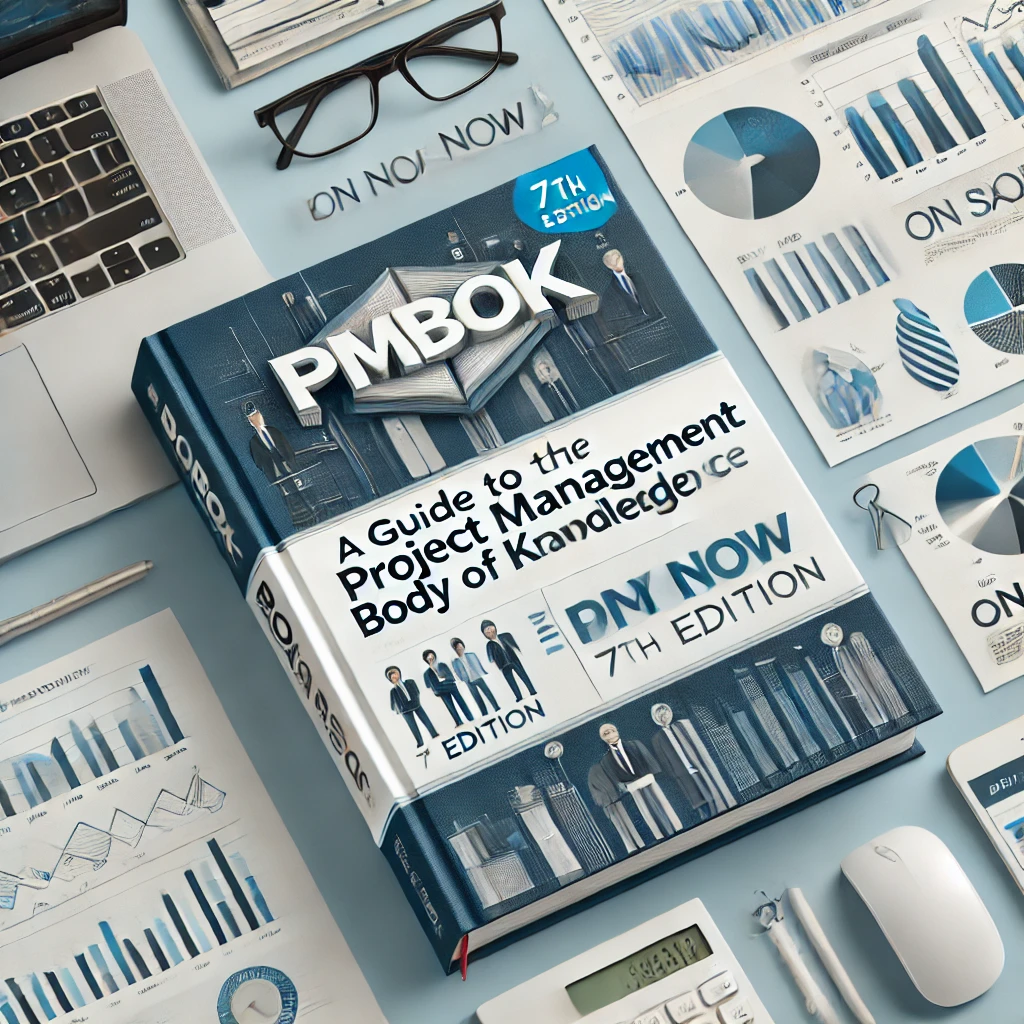comprehensive resource that provides a structured approach to project management.
One of the significant changes in the 7th edition is the focus on project outcomes rather than processes. The new approach emphasizes delivering value and creating positive impacts for stakeholders.
This marks a departure from the prescriptive, step-by-step nature of the previous editions and encourages project managers to think critically about how their projects contribute to broader organizational goals.
By prioritizing outcomes, the guide aligns project management more closely with strategic objectives, ensuring that projects deliver meaningful results.
The book introduces 12 guiding principles that underpin effective project management. These principles provide a high-level framework for project managers to navigate various challenges and opportunities. They include topics such as stakeholder engagement, leadership, and adaptability, reflecting the dynamic nature of modern projects. These principles encourage project managers to adopt a more holistic approach, focusing not just on technical aspects but also on collaboration, communication, and continuous improvement.

Another key addition to the 7th edition is the emphasis on performance domains. These domains represent key areas of focus that are essential for project success. They include stakeholder engagement, team performance, planning, project work, delivery, and measurement, among others.
Each domain provides guidance on how to approach different aspects of a project, offering practical insights that can be applied across industries.
The performance domains highlight the importance of a balanced approach to project management, ensuring that all critical elements are considered throughout the project lifecycle.
The shift from process groups to performance domains is one of the most notable updates in this edition. In previous versions, project management was structured around five process groups: initiating, planning, executing, monitoring and controlling, and closing.
However, the 7th edition recognizes that projects do not always follow a linear path. Instead, they require ongoing adjustments and recalibration to respond to changing circumstances.
The performance domains reflect this reality by providing a more flexible framework that can be adapted to the specific needs of each project.
In addition to performance domains, the 7th edition also introduces the concept of value delivery systems. This concept expands the traditional view of project management by emphasizing that projects are part of a larger system aimed at delivering value to the organization and its stakeholders. It encourages project managers to think beyond the immediate scope of their projects and consider how their work contributes to long-term value creation. This broader perspective is particularly relevant in today’s fast-paced, innovation-driven business environments, where organizations must continuously evolve to stay competitive.
The focus on adaptability and resilience is another critical theme in the 7th edition. The guide recognizes that the business environment is increasingly volatile, uncertain, complex, and ambiguous (VUCA), and project managers must be prepared to respond to unexpected challenges. The principles and performance domains encourage a mindset of adaptability, where project managers are not only reactive but also proactive in anticipating potential risks and opportunities. This approach is particularly useful in industries that are subject to rapid technological changes or shifting market conditions.
The role of the project manager is also redefined in the 7th edition, emphasizing leadership over mere administrative tasks. Project managers are expected to lead with vision, inspiring and motivating their teams to achieve the desired outcomes.
The guide acknowledges the importance of emotional intelligence, collaboration, and stakeholder management, positioning project managers as key drivers of organizational change.
This leadership focus aligns with the broader trend in management towards more human-centered approaches, where interpersonal skills are as crucial as technical expertise.
In terms of practical application, the 7th edition encourages project managers to tailor their approach to the specific needs of their projects and organizations. This is a significant departure from earlier editions, which often presented a one-size-fits-all approach to project management. The new edition provides guidance on how to adapt the principles and performance domains to different project environments, whether agile, traditional, or hybrid. This flexibility makes the guide more relevant to a broader range of industries, from IT and construction to healthcare and finance.
The guide also integrates agile practices more seamlessly into its framework, reflecting the increasing adoption of agile methodologies in project management. While previous editions treated agile as a separate approach, the 7th edition recognizes that agile practices can be applied within the broader context of project management. This integration allows project managers to use agile principles and practices alongside more traditional approaches, depending on the specific needs of their projects. This hybrid approach is particularly beneficial for organizations that are transitioning from traditional project management methods to more flexible, iterative approaches. More Book Read introduction to algorithms / Hands-On Machine Learning / Practical Statistics For Data Scientists
The 7th edition of the PMBOK Guide also places a strong emphasis on stakeholder engagement. The principles and performance domains highlight the importance of understanding and managing stakeholder expectations throughout the project lifecycle.
This includes identifying stakeholders, assessing their needs, and maintaining open lines of communication to ensure that their concerns are addressed. Effective stakeholder engagement is critical to project success, as it ensures that the project delivers value to those who are most affected by its outcomes.
Lastly, the guide includes a wealth of tools and techniques that project managers can use to support their work. These range from traditional project management tools,
such as Gantt charts and risk registers, to more modern approaches, such as Kanban boards and performance metrics. The 7th edition provides practical guidance on how to select and use these tools effectively, depending on the nature of the project.
This toolkit approach ensures that project managers have the resources they need to navigate complex projects successfully.
In conclusion, the 7th edition of the PMBOK Guide represents a significant evolution in the field of project management. By shifting from a process-based approach to a principles-based framework, the guide offers more flexibility and adaptability to project managers across industries. Its focus on value delivery, performance domains, and stakeholder engagement ensures that project managers are well-equipped to navigate the complexities of modern projects while delivering meaningful outcomes. Whether managing a small team or leading a large-scale initiative, the 7th edition provides the tools and insights needed to succeed in today’s dynamic business environment.

